Buying your first home is an exciting milestone, but knowing where to start can feel overwhelming. With house prices, deposit requirements, and lending rules constantly evolving, it’s essential to have a clear plan. Here’s a step-by-step guide to help you get started on your journey to homeownership.
1. Understand Your Deposit Requirements
The first step in buying a home is saving for a deposit. In New Zealand, most banks require at least a 20% deposit for an owner-occupied home. However, there are options for first-home buyers with as little as 10% deposit, depending on lender policies and eligibility.
If you have a smaller deposit, it’s important to understand:
• Low Equity Margins (LEM): Some banks will approve loans with a lower deposit but may charge a higher interest rate or a low equity premium.
• Lender flexibility: Some non-bank lenders may offer alternative solutions for buyers with a low deposit or unique financial situations.
2. Use KiwiSaver and First-Home Withdrawal
If you have been contributing to KiwiSaver for at least three years, you may be eligible to withdraw your savings to help fund your deposit. However, you must leave a minimum balance of $1,000 in your KiwiSaver account.
To check your eligibility and apply for a withdrawal, you’ll need to:
• Contact your KiwiSaver provider.
• Provide proof that you’re buying your first home.
• Ensure the funds go directly towards your home purchase (not general savings).
3. Check Your Borrowing Power
Before you start house hunting, it’s important to know how much you can borrow. This depends on several factors, including:
• Your income and expenses
• Existing debts and financial commitments
• Credit history and credit score
• Deposit amount
A mortgage adviser (like me!) can assess your financial situation and help you determine your borrowing capacity across multiple lenders.
4. Get a Mortgage Pre-Approval
A pre-approval gives you a clear idea of how much you can borrow before you start house hunting. It also shows sellers that you’re a serious buyer. Pre-approvals typically last for 3–6 months and are subject to conditions such as:
• Proof of income
• Bank statements and expenses
• Deposit confirmation
Getting pre-approved early allows you to confidently make offers when you find the right home.
5. Understand Home Loan Options
There are different types of home loans, and choosing the right structure can save you thousands in interest over time. Some key options include:
• Fixed-rate loans – Lock in an interest rate for a set period (e.g., 1–5 years) for certainty.
• Floating-rate loans – The interest rate can change, giving flexibility but less certainty.
• Split loans – A mix of fixed and floating to balance certainty and flexibility.
A mortgage adviser can help tailor a loan structure to suit your financial goals.
6. Budget for Extra Costs
When buying your first home, your deposit and loan aren’t the only costs to consider. You should also budget for:
• Legal fees (approx. $2,000–$3,000)
• Property inspections (building reports, LIM reports)
• Moving costs and home setup expenses
• Registered valuation
7. Start House Hunting
Once you have your finances sorted, you can start looking for your dream home. When viewing properties, consider:
• The location and future growth potential
• Any necessary renovations or maintenance
• Your budget and borrowing limits
Get Expert Guidance
Navigating the home-buying process can be complex, but you don’t have to do it alone. As a mortgage advisor, I can guide you through the process, help you secure the best loan for your situation, and answer any questions along the way.
Ready to get started? Contact me today kylee@ksmortgages.co.nz, and let’s make your first home a reality!



